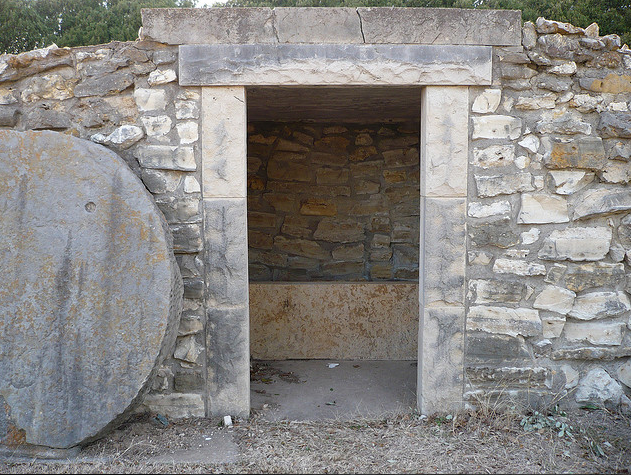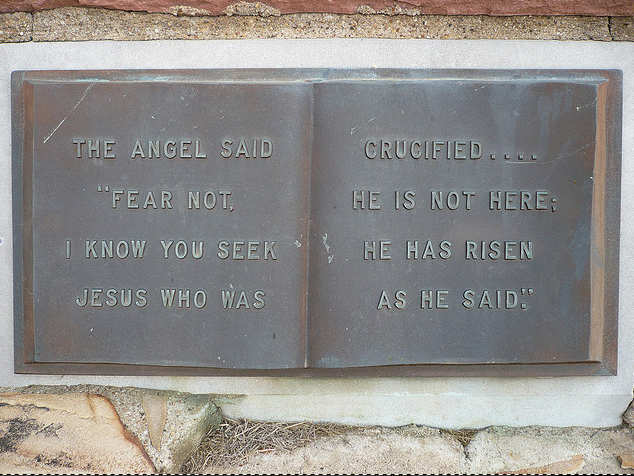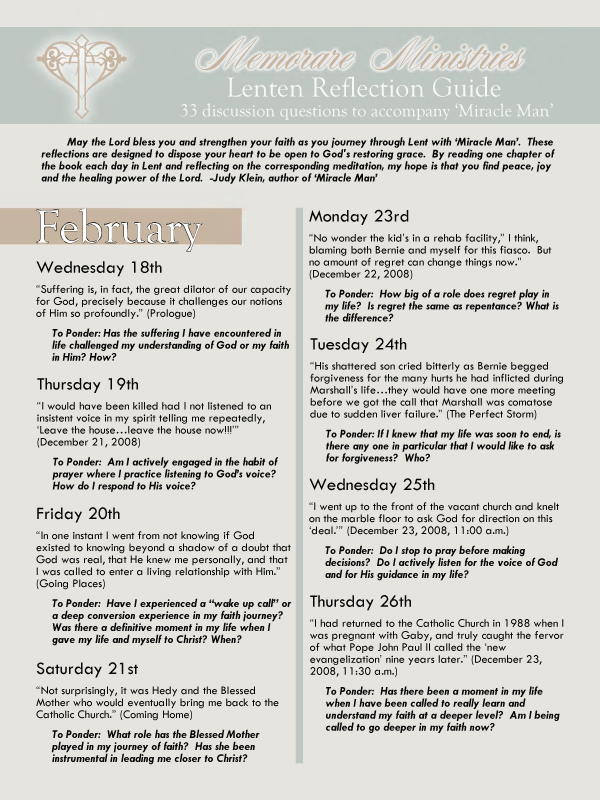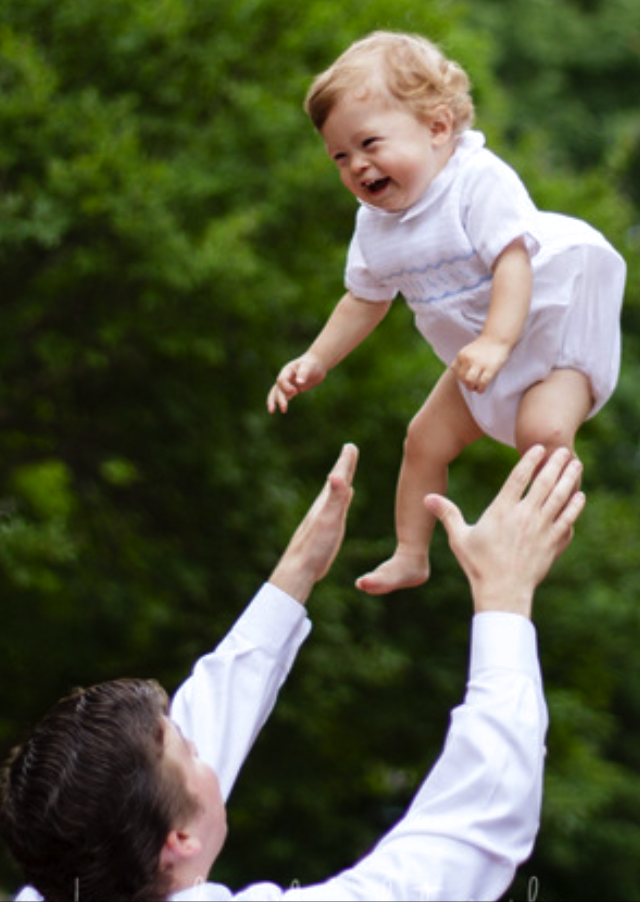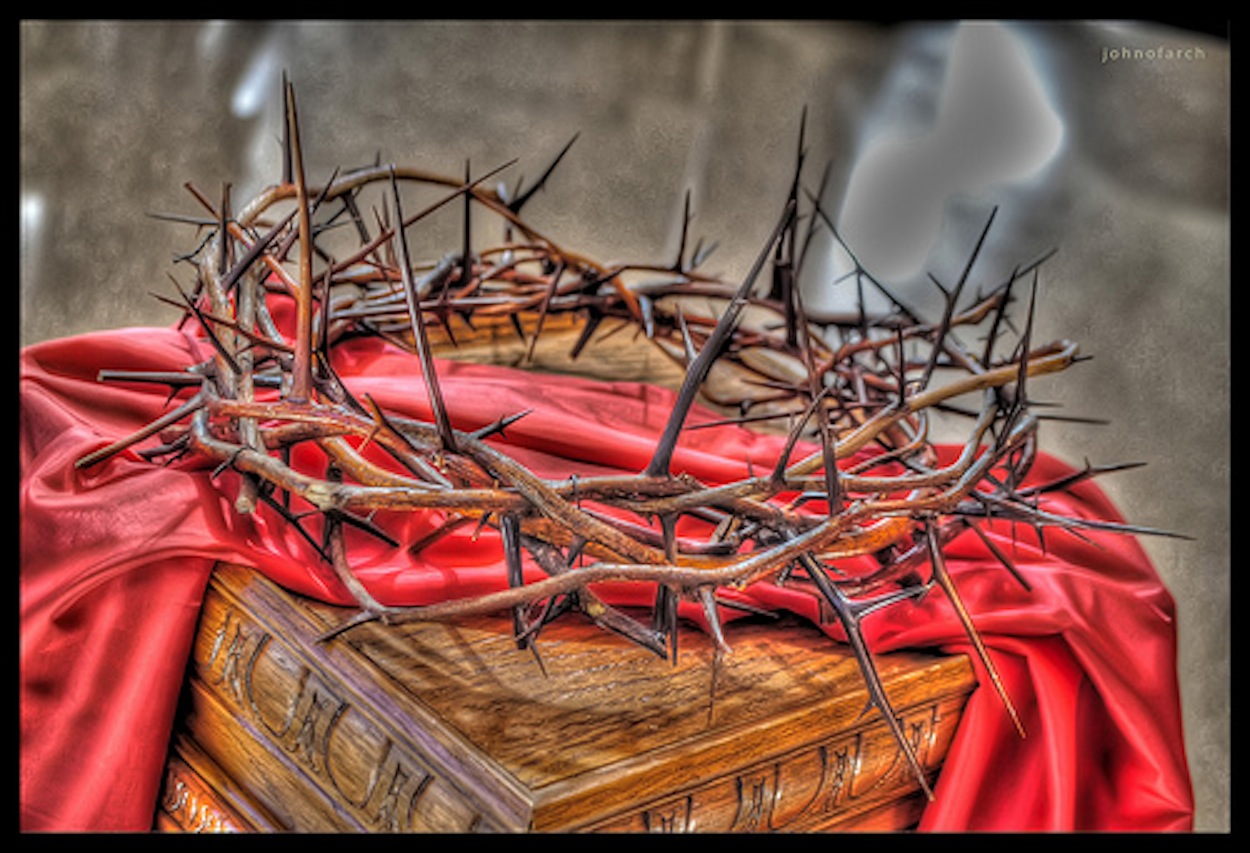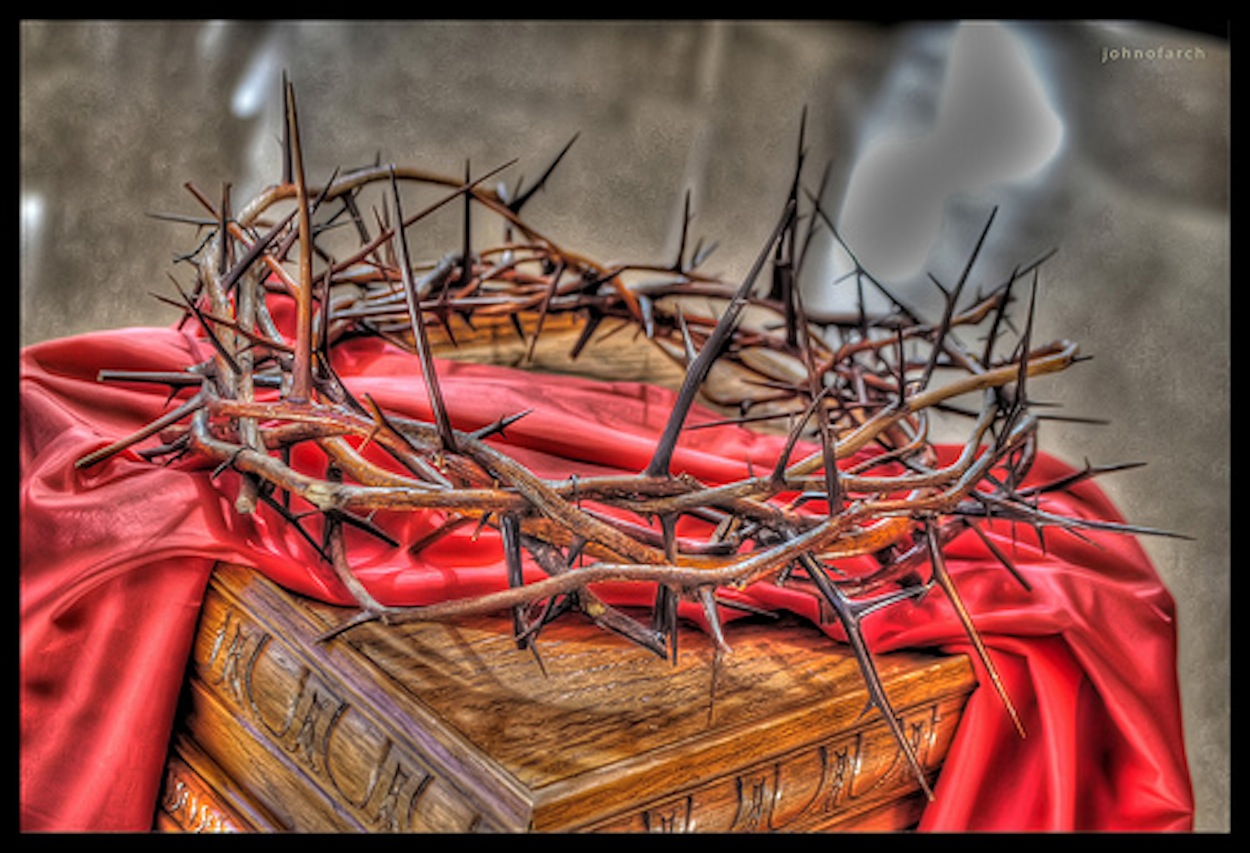Blessed is the womb that bore you,
and the breasts at which you nursed.
Luke 11:27
Cut away the umbilical cord, but don’t cut away the heart. Because the heart—the feminine heart—helps hold the world together.
I watched with tears in my eyes yesterday as the women of the Our Lady of the Lake Altar Society processed up the center aisle of the church, carrying roses and bouquets for the annual May crowning while singing hymns to Our Lady.
Triumph all ye cherubim! Sing with us ye seraphim! Heaven and earth resound the hymn! Salve, salve, salve Regina!
Hail, Holy Queen, we cry with such resounding joy that it carries a exclamation point! Why? Because we know that our salvation was and is contingent upon the intersection of divinity and humanity in Mary’s hallowed womb. We understand that the world and the Church need the balance of the feminine heart, the heart that mothers children, the heart that gives life, the heart that takes its piercings and releases the offering of blood, sweat and tears into the ground of its saplings, who move too fast from suckling to separating. But even as they pull away, a mother’s heart stays put.
Like the mother I spoke to yesterday, one of the three whom I call, “The Daughters of Jerusalem.” They can often be seen kneeling together praying for and suffering over their children. When I see them conjoined in prayer, I think of Jesus’ words: “Daughters of Jerusalem, weep not over me; but weep for yourselves, and for your children” (Luke 23:28). And I think of Our Lady, who was a daughter of Jerusalem.
“My daughter just had her first baby,” one of the women shared with me before Mass. “She asked when she can expect to get a good night of rest, and I told her you’re never going to sleep again!” she smiled. “Because mothers never stop lying awake at night worrying about their children!”
Then there’s the mother I see day in and day out in the chapel on her knees, praying and weeping for the teen who’s taken to cutting herself; her beautiful, beloved daughter who has turned against herself. I watch her wipe her tears; I see the broken heart she bears as she grips her Rosary with tired fingers and as she does not sit down, never sits down, the entire time she spends each day offering the raw-kneed sacrifice of her bleeding heart for the child to whom she gave life. That, the fruit of a mother’s love, consumed for the fruit of her womb.
And let’s never forget the Mother at the foot of the Cross, standing beneath her Son’s broken body so she can receive, let it fall on her face and her veil, His precious blood—the same precious blood that formed in her womb with her consent. Her primordial affirmation also made life possible for us, hence the adage of the Church Fathers: “Death through Eve, life through Mary.” There she stands beneath His battered flesh, her tears and sweat mixed with His, uttering the unceasing: “yes.” Yes until it’s finished. Yes as she receives His body from the Cross. Yes as He disappears from her sight.
It is good that we remember and sing praise.
Don’t tell me the Church wants us to deify Mary, for that would, indeed, be blasphemy. But what we need, oh so desperately need in order to be human, is to experience and celebrate more deeply the feminine heart of the Church in this all too lopsided, hostile world.
May after May we remember the Woman who continually births Love into the world. Roses, crowns and hymns are hardly enough to recognize the feminine beauty found in Mary's heart, the axis that every Christian church and every woman in the world needs to reclaim.


